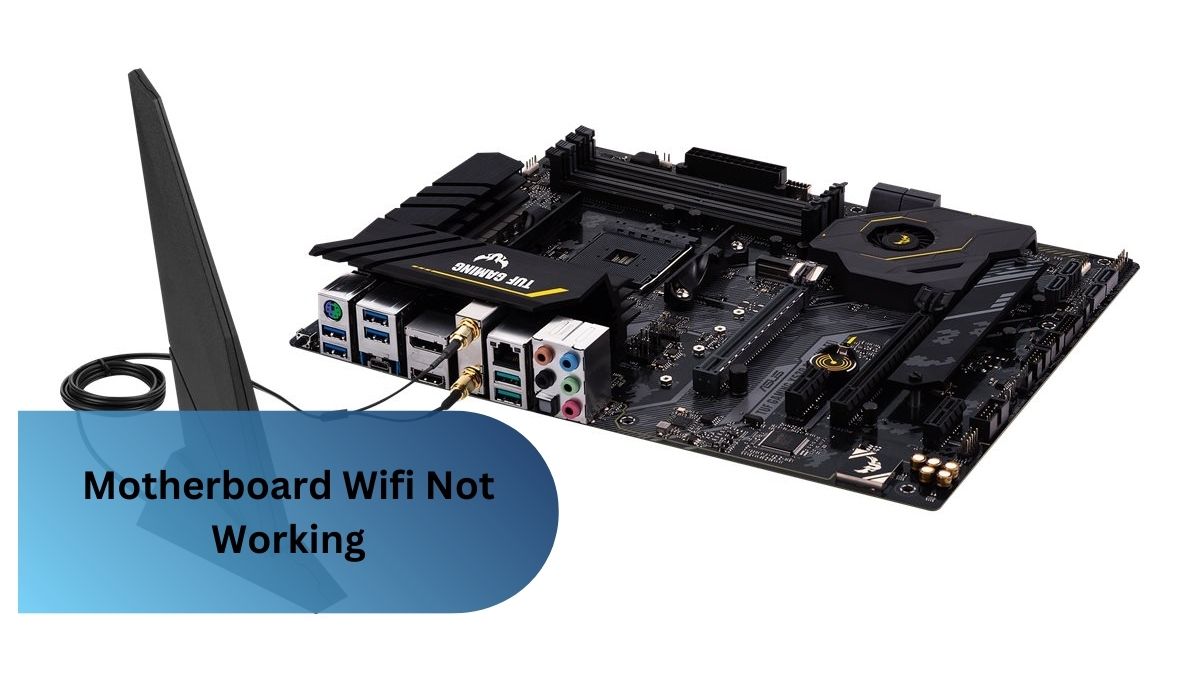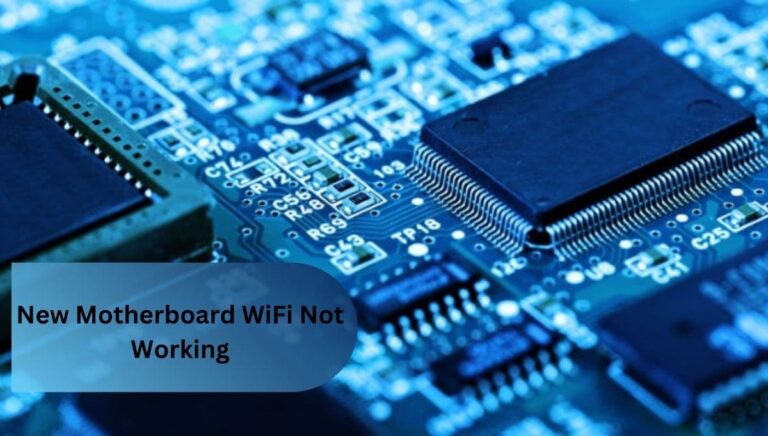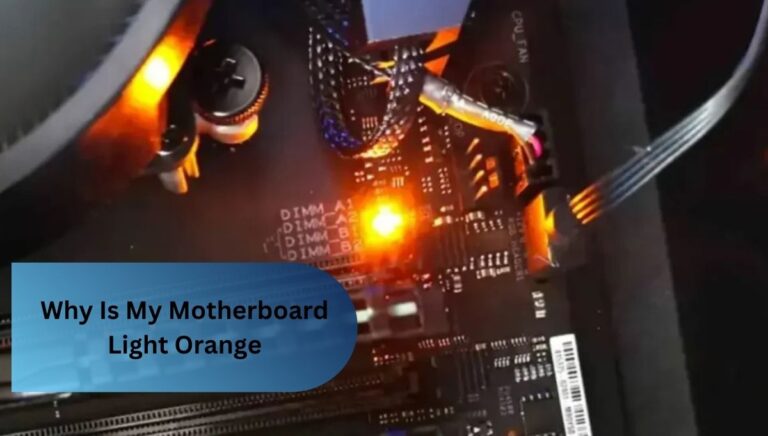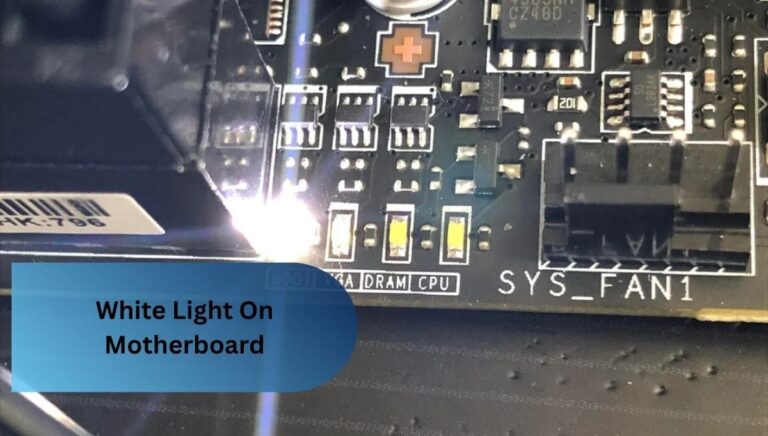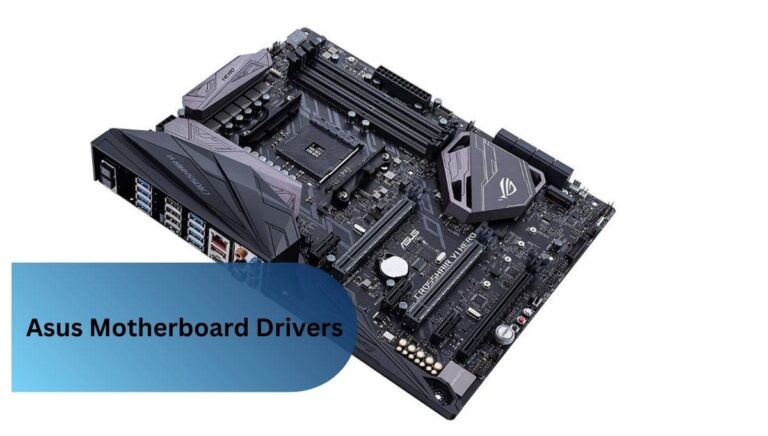Fix Your Motherboard Wifi Not Working – Easy Solutions!
I got really frustrated when my motherboard WiFi stopped working suddenly. After a lot of checking, I found out the antenna connection was loose. Once I fixed it, everything worked fine again, and now I always check the connections first!
If your motherboard WiFi isn’t working, there are a few steps to try. First, check the physical connections to ensure nothing is loose or disconnected. Update your network drivers, as outdated ones can cause issues. Restart your computer and test the WiFi card, as it may be faulty.
In this article, we will talk about simple solutions to fix your motherboard Wi-Fi issues, from checking connections and updating drivers to troubleshooting BIOS settings, ensuring you get your Wi-Fi working again.
Why Is The Motherboard Wi-Fi Not Working?
- Hardware Issues: A loose or disconnected antenna can prevent the Wi-Fi from functioning properly.
- Outdated Or Incompatible Drivers: Wi-Fi drivers that are outdated or incompatible with your system can cause connection problems.
- Bios Settings: If the Wi-Fi feature is disabled in the BIOS, it can prevent the motherboard from accessing wireless networks.
- Software Conflicts: Conflicts with other software or issues within the operating system might interfere with Wi-Fi performance.
- External Interference: External factors, such as interference from nearby electronic devices, can affect the Wi-Fi signal.
- Diagnosis: To resolve the issue, check hardware connections, update drivers, and ensure BIOS settings are correctly configured.
Read Also: New Motherboard WiFi Not Working – Tips how to follow!
How To Fix Motherboard Wi-Fi Not Working?
To fix a motherboard Wi-Fi that isn’t working, start by checking your BIOS settings to ensure the Wi-Fi function is enabled. If the BIOS settings are correct, update your Wi-Fi drivers by accessing Device Manager and searching for the latest driver updates.
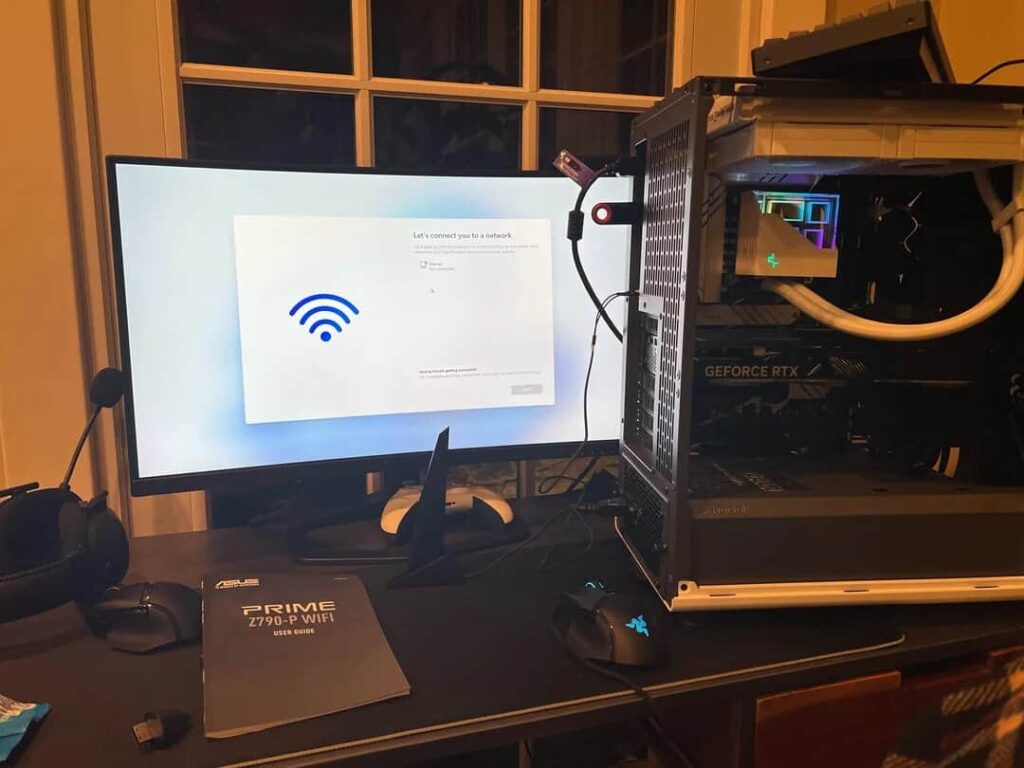
Next, verify your network settings to ensure you’re connected to the correct Wi-Fi network and have the correct password. If needed, reset the BIOS or update the firmware on your motherboard. If the issue continues, contact your motherboard manufacturer’s support for further troubleshooting steps.
Step-By-Step Guide To Troubleshoot Motherboard Wifi Problems
1. Check Bios Settings:
- Reboot your computer and activate the BIOS setup utility by pressing the appropriate access key, commonly “Delete” or “F2,” during the startup sequence.
- Navigate to the “Advanced” section or the “Onboard Device Configuration” menu within the BIOS interface.
- Make sure the “WiFi” option is enabled.
2. Update Wi-Fi Drivers:
- Open Device Manager.
- Expand “Network adapters.”
- Right-click on the Wi-Fi adapter and select the option titled “Update Driver” from the context menu.
- Choose to search automatically for updated drivers.
3. Verify Network Settings:
- Ensure that the device is connected to the appropriate Wi-Fi network and that the correct password has been entered.
- Try forgetting and reconnecting to the network.
4. Restart Your Router:
- Perform a power cycle on your router by disconnecting it from the power source, waiting for a few seconds, and then reconnecting it to restore functionality.
5. Run Network Troubleshooter:
- Use your computer’s built-in network troubleshooter to find and fix issues automatically.
6. Check For Physical Damage:
- Verify that the antenna cables are firmly and securely connected to the motherboard to ensure optimal functionality.
7. Update Bios Firmware:
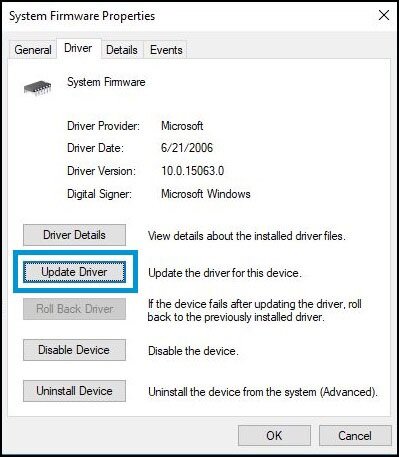
- Visit the official website of the motherboard manufacturer to verify the availability of the most recent BIOS version and proceed with its installation.
8. Contact Manufacturer Support:
- If none of the above steps work, contact the motherboard manufacturer’s support for more help.
Top Tips To Fix And Prevent Motherboard Wifi Issues
To avoid motherboard WiFi issues, make sure your motherboard has a good WiFi chip, properly install the antennas, and keep your drivers up to date. Place your router in a good spot, away from obstacles, and update your BIOS regularly to fix bugs and improve compatibility. If problems continue, consider using a dedicated WiFi adapter instead of relying on the built-in WiFi.
Read Also: How To Enable Wifi On Msi Motherboard – Lets Take A Look!
1. Key Points To Consider:
- Choose A Good Wifi Chip: When selecting a motherboard, prioritize one with a reputable and reliable WiFi chipset for better performance and stability.
- Proper Antenna Installation: Double-check that the WiFi antennas are securely connected to the motherboard and positioned correctly for optimal signal strength.
- Update Drivers Regularly: Download and install the latest WiFi drivers from your motherboard manufacturer to fix compatibility issues and improve performance.
- Router Placement: Position your router in a central location, away from walls and large metal objects, to maximize signal reach.
- Check For Obstructions: Identify and remove any physical barriers like walls, furniture, or appliances that could interfere with the WiFi signal.
- Bios Updates: Regularly update your motherboard’s BIOS to ensure compatibility with the latest WiFi standards and potential bug fixes.
- Network Troubleshooting: Utilize your operating system’s network troubleshooting tools to diagnose and resolve common WiFi issues.
- Consider A Dedicated Wifi Adapter: If motherboard WiFi problems persist, consider purchasing a high-quality PCIe or USB WiFi adapter for better performance and flexibility.
FAQ’s
1. How Do I Enable Wi-Fi On My Motherboard Bios?
To enable Wi-Fi on your motherboard BIOS, access the BIOS settings during startup by pressing the designated key (usually “Delete” or “F2”). Navigate to the “Integrated Peripherals” or similar section and enable the Wi-Fi option before saving and exiting the BIOS.
2. How To Check If Wi-Fi Is Enabled In Bios?
To check if Wi-Fi is enabled in the BIOS, restart your computer and access the BIOS settings by pressing the appropriate key (usually “Delete” or “F2”) during startup. Navigate to the “Integrated Peripherals” or equivalent section and verify that the Wi-Fi option is enabled.
3. What To Do If Your Motherboard Doesn’t Have Wi-Fi?
If your motherboard does not have built-in Wi-Fi, you can install a dedicated Wi-Fi card or use a USB Wi-Fi adapter to enable wireless connectivity. Ensure compatibility with your system before purchasing these components.
4. Why Is My Pc Not Getting A Good Wi-Fi Signal?
A poor Wi-Fi signal on your PC may be caused by factors such as distance from the router, physical obstructions like walls, interference from other devices, or outdated drivers. Ensure the router is placed optimally, and update your network drivers to improve signal strength.
5. Does Wi-Fi Depend On The Motherboard?
Wi-Fi functionality can depend on the motherboard if it has an integrated Wi-Fi chip. However, if the motherboard lacks this feature, Wi-Fi can be enabled through an external Wi-Fi card or USB adapter, ensuring connectivity regardless of the motherboard’s built-in capabilities.
6. Why Does My Pc Have A Terrible Wi-Fi Connection?
A poor Wi-Fi connection on your PC may result from factors such as router placement, network congestion, interference from other electronic devices, or outdated drivers. Optimizing the router’s location and updating your network drivers can help improve connectivity.
Conclusion:
In conclusion, addressing motherboard Wi-Fi issues often requires a methodical approach that includes checking physical connections, ensuring correct BIOS settings, updating drivers, and troubleshooting network configurations. By following the outlined steps, most problems can be resolved, restoring stable Wi-Fi connectivity.
Preventive measures, such as proper antenna installation, regular driver updates, and appropriate router placement, can also help avoid future complications. If these steps fail to resolve the issue, using a dedicated Wi-Fi adapter or seeking manufacturer support is a viable option to ensure reliable wireless performance.
Read More:
